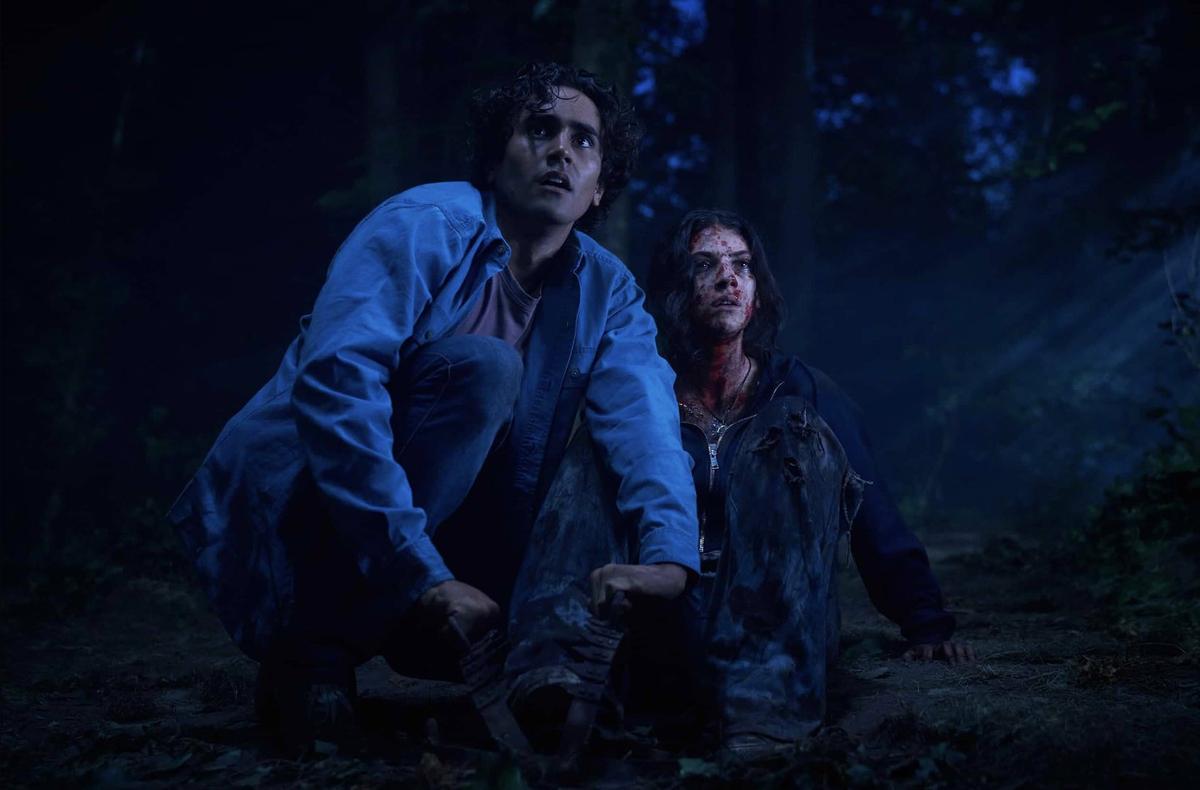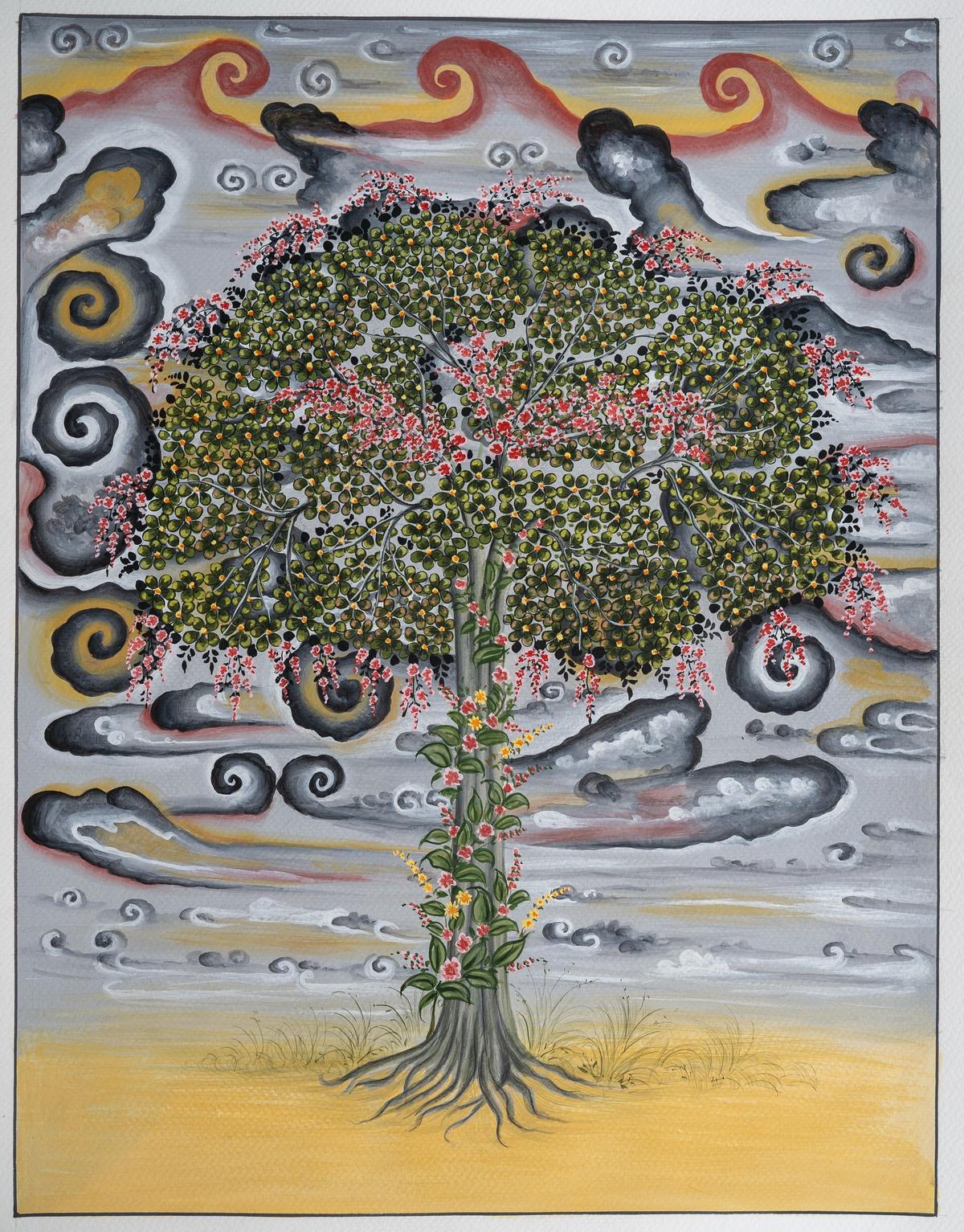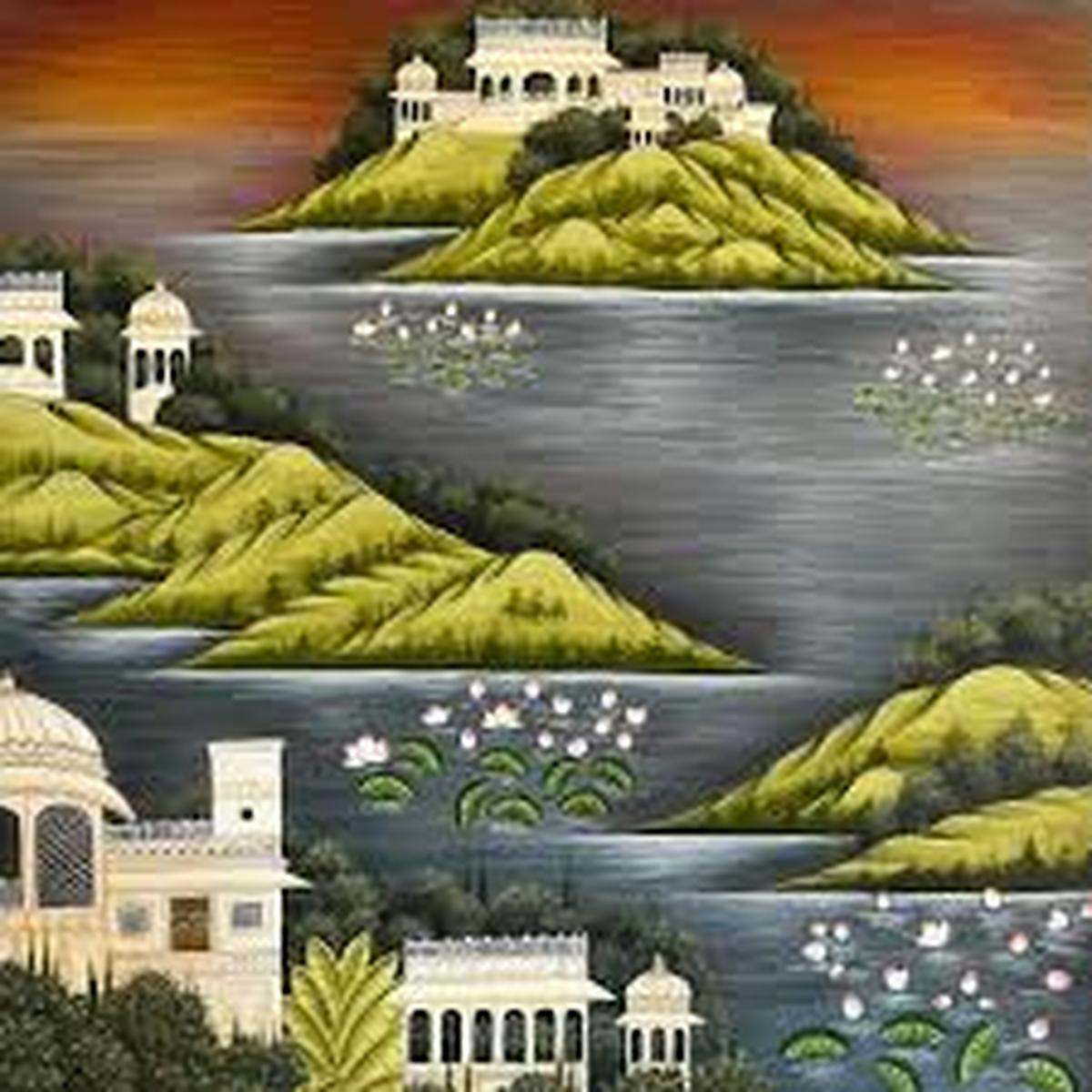That David F Sandberg, the director of Lights Out and Annabelle: Creation, is returning to horror should pique your interest. But the hype behind his latest film adaptation of the Until Dawn video game had to be studied. Having not played the original game, it was only right that I researched what the deal was all about, and boy, did Sandberg land upon a gold mine of material that lets him flex his genre-filmmaking muscles.
Sandberg’s adaptation, apparently like the game, is designed with just one goal: to instil fear, not the kind you feel of a spirit lurking in the dark, but the visceral feeling that makes you feel grateful for having company around you. The screenplay by Blair Butler and Annabelle writer Gary Dauberman gets its cues sharp and doesn’t beat around the bush. Is it an innovatively narrated genre-defining piece of work? No. Does it scare and engage you throughout? It certainly isn’t for the weak-hearted.
A group of five friends embark on a journey to a remote valley. We have Clover (Ella Rubin), a woman battling a cycle of grief and hope over the mysterious disappearance of her sister Melanie (Maia Mitchell); Max (Michael Cimino), Clover’s ex-boyfriend who clearly hasn’t moved on; Megan (Ji-young Yoo), with a penchant for New Age spiritualism and rituals; Nina (Odessa A’zion), who is suppressing attachment issues; and Nina’s three-month-old boyfriend Abel (Belmont Cameli), the stock horror movie doofus. The group is backing Clover’s wish to go on the trip to where her sister vanished a year ago, searching for closure. Clover’s love for Melanie, Max’s attempts to win back Clover, and Megan’s general sense of kindness towards all form the emotional foundation to back these characters for the next 100-odd minutes — there simply isn’t enough time for more tango, as they would be busy staying alive, keeping each other safe, or at times, even having to kill.

A still from ‘Until Dawn’
| Photo Credit:
Sony Pictures Entertainment
Clover gets a clue about Mel’s last known whereabouts, following which they meet a deserted cottage called Glory Valley, tucked into the woods and fenced by a weird weather anomaly. Just as the gang investigates the clues in the cabin, the film’s atmosphere begins to take shape, and a wildly fun ride begins. Each of the five gets killed in some creatively gruesome fashion — firstly, there’s a masked brute with an axe; escaping who you would meet gnarly creatures called wendigos all around the valley, waiting to feast upon the humans; and there’s a witch that can possess you and make you do some killing work on its behalf. Did I mention that the water in the valley can explode you from within? After a point, cinematographer Maxime Alexandre’s capturing of these combustions borders on sickly dark humour.
When the fifth character dies, all five go back in time to the cottage, and the dreadful night begins again. And oh, if you were to attempt to escape via road, a giant Slender Man-ish creature towers over the trees. That the characters are themselves becoming wendigos with each successive time-loop makes the ticking time bomb of this horror.

Until Dawn (English)
Director: David F Sandberg
Cast: Ella Rubin, Michael Cimino, Odessa A’zion, Ji-young Yoo, Belmont Cameli
Runtime: 103 minutes
Storyline: Five friends, in search of a missing woman, get trapped in a time loop at a deserted cabin in the woods as they search for an escape all the while looping back to a dreadul night over and over again
First off, Until Dawn isn’t for an audience searching for refined storytelling flourishes. But that doesn’t make it a less novel cinema either. It’s a film that plays as an exercise in reducing horror to its bare essentials: being scary. The screenplay takes a no-frills approach to horror, and an episode ofGoosebumps would have more twists and jumps in time than this slasher Groundhog Day; much of it is just a series of gruesome attacks and almost-there escapes, made interesting purely by how shockingly creative the kills become in each successive time loops.
Until Dawn also proves to be deserted of impactful character writing, as none build upon their initial promises. Nina and Abel make meta horror-movie comments before becoming genre-cliched annoyances, and Max is just the knight in shining armour Clover didn’t need. Megan is as immaterial as the plot serves her abilities, and it is only in the showdown that Clover gets some material to grow beyond a final girl cliche. If this is for the human characters, the wendigos and the boogeyman stick to their jump scares and slashing through people, and it gets quite tedious to the extent you begin to wish for the Witch to come back.


A still from ‘Until Dawn’
| Photo Credit:
Sony Pictures Entertainment
Yet, one must confess that these complaints may not matter while watching Until Dawn, especially if you have been craving a pure horror film that doesn’t try to be anything more. In a way, this is the fast-food version of the horror genre; with each time-loop, the gang is allowed to discover new details about this world, where Sandberg and co find space to bend through sub-genres, like when the film takes a found-footage turn.

Until Dawn is meant to scare and engage you, and it does so using one of the oldest tricks in the book — bread-crumbling information, letting us sit with our unanswered questions until the grand reveal that tells it all. One would also nibble comfortably on the many ambiguities it leaves you with. After all, it’s only intentional that you are told nothing more than what our leads witness, as if it’s all a first-person VR game with no cut-away scenes. Like was the case with Lights Out, Sandberg (and, one must credit the film’s production design team) leaves you wishing for more stories in the world of the film.
If you had to look up the Until Dawn video game, you might come across articles by gamers who are already livid with Sandberg’s adaptation. Regardless of where you fall on that argument, it’s only intriguing how the film, as well as the gaming community’s perception of the adaptation, inadvertently shines light on the source material. Perhaps it’s time to check out that game, and perhaps like the film, the game should arrest you in a chokehold for much of its gameplay.
Until Dawn is currently running in theatres
Published – April 24, 2025 09:02 pm IST
























